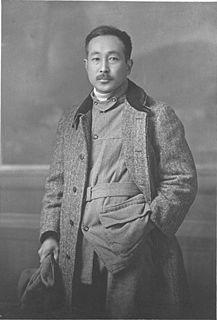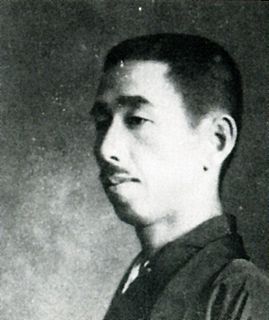 W
WThe Shirakaba-ha was an influential Japanese literary coterie, which published the literary magazine Shirakaba, from 1910 to 1923.
 W
WTakeo Arishima was a Japanese novelist, short-story writer and essayist during the late Meiji and Taishō periods. His two younger brothers, Ikuma Arishima (有島生馬) and Ton Satomi (里美弴), were also authors. His son was the internationally known film and stage actor, Masayuki Mori.
 W
WKinoshita Rigen was the pen-name of Japanese author Viscount Kinoshita Toshiharu, noted for his tanka poetry, active in Meiji period and Taishō period Japan.
 W
WHyakuzō Kurata was a Japanese essayist and playwright on religious subjects who was active during the Taishō and early Shōwa periods of Japan.
 W
WSaneatsu Mushanokōji was a Japanese novelist, playwright, poet, artist, and philosopher active during the late Taishō and Shōwa periods of Japan. Later on in life he requested that the pronunciation of his surname be changed from the usual Mushanokōji, to Mushakōji, but without much success. He was nicknamed Musha and Futo-o by his colleagues.
 W
WYoshirō Nagayo was a novelist and playwright active during the Shōwa period in Japan.
 W
WTon Satomi is the pen-name of Japanese author Hideo Yamanouchi. Satomi was known for the craftsmanship of his dialogue and command of the Japanese language. His two elder brothers, Ikuma Arishima and Takeo Arishima, were also authors.
 W
WNaoya Shiga was a Japanese novelist and short story writer active during the Taishō and Shōwa periods of Japan.
 W
WYanagi Sōetsu , also known as Yanagi Muneyoshi, was a Japanese art critic, philosopher, and founder of the mingei movement in Japan in the late 1920s and 1930s.